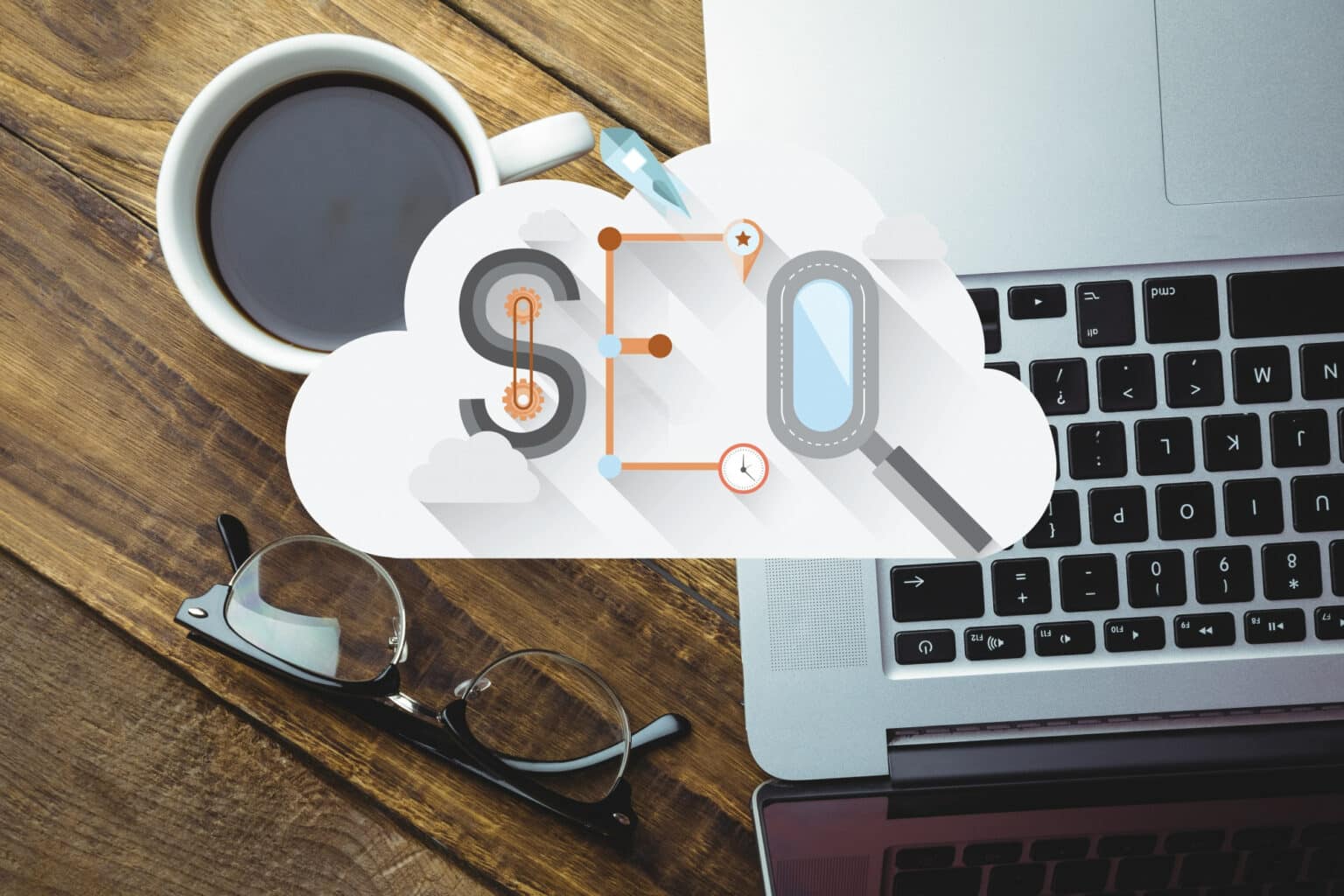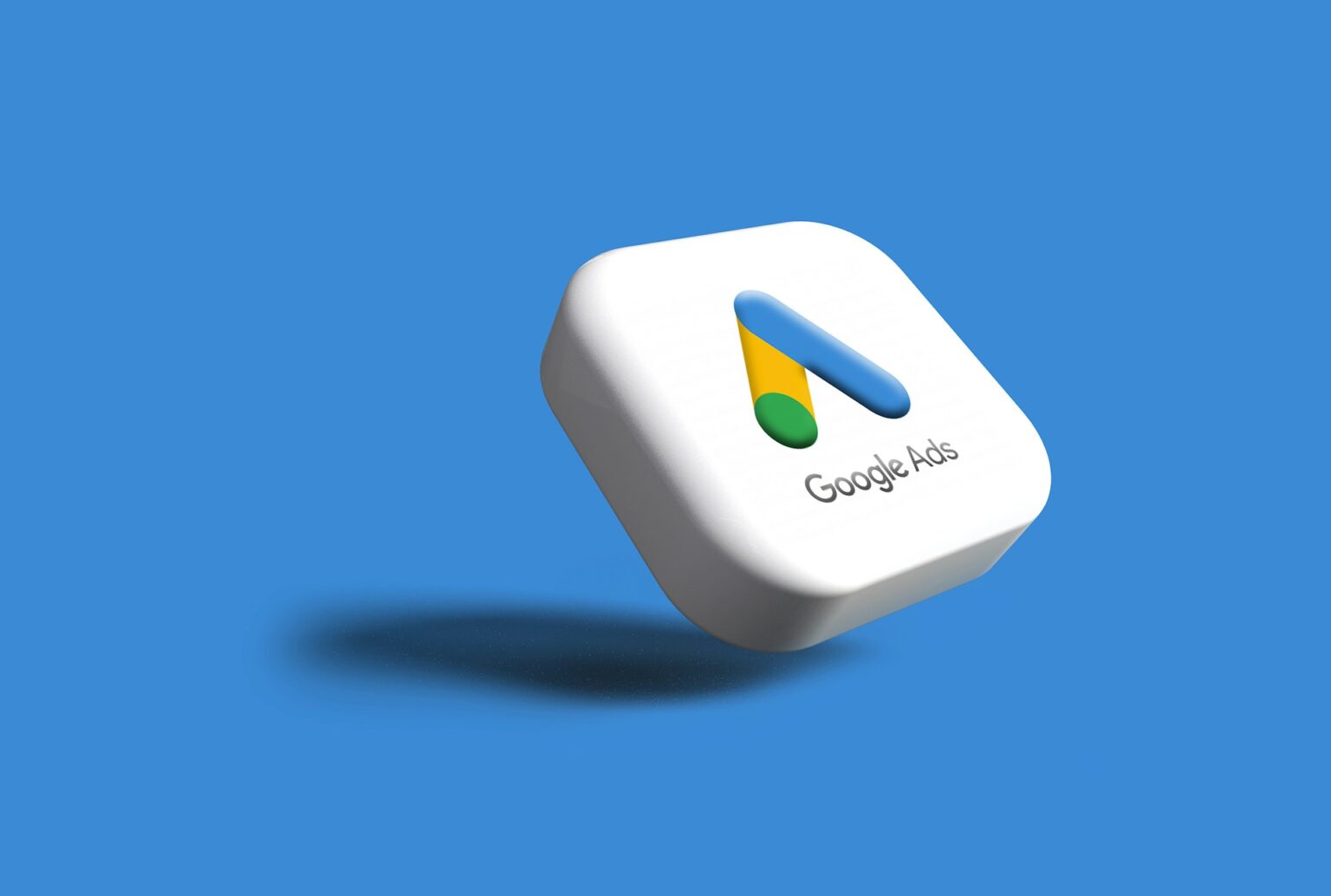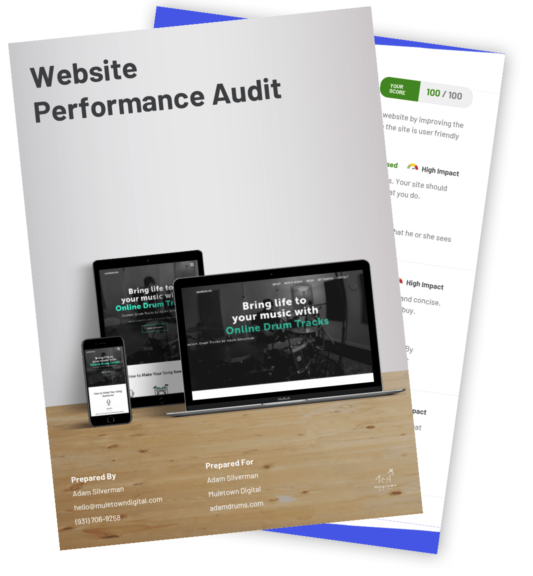SEO vs. Paid Ads: Which Is Right for Your Business Right Now?
When it comes to driving traffic to your business website and reaching internet users, two of the most common strategies within digital marketing are Search Engine Optimization (SEO) and Paid Advertising (PPC). Both of these methods can help businesses increase visibility, attract visitors, and ultimately generate sales, but they do so in drastically different ways. Understanding the key differences between these two approaches—and knowing when to use each one—can help you make smarter decisions about your marketing strategy.
Introduction to Online Marketing
Online marketing is a crucial aspect of any business’s overall marketing strategy. Unlike traditional advertising methods like TV or radio, internet based ads allow for more precise targeting and real-time performance tracking. It involves using digital channels such as search engines, social media, and email to reach and engage with target audiences. Online marketing can be divided into several categories, including search engine optimization (SEO), paid advertising, social media marketing, and email marketing. Each of these categories has its own unique benefits and challenges, and a well-rounded online marketing strategy will typically incorporate a combination of these approaches. By leveraging online marketing, businesses can increase their online visibility, drive more traffic to their website, and ultimately boost conversions and sales.
What Is Search Engine Optimization?
Search Engine Optimization (SEO) is the practice of optimizing your website and its content to rank higher in search engine results. Understanding how search engines work is crucial for enhancing visibility across various platforms. SEO involves several key components, including:
- Technical SEO: This involves ensuring that your website’s infrastructure is set up correctly, such as its speed, mobile responsiveness, and proper use of HTML tags and sitemaps.
- On-Page SEO: This focuses on optimizing the content of your site itself, such as keyword usage, meta descriptions, and image alt text.
- Off-Page SEO: This involves strategies like link-building, which can increase your site’s credibility and trustworthiness.
Local SEO is another important aspect, focusing on optimizing your online presence to attract more business from relevant local searches.
The goal of SEO is to make your website appear higher in search results when potential customers search for terms related to your business. SEO is a long-term strategy that can take several months to yield significant results, but once you’re ranking well, the traffic is essentially free. This makes SEO a cost-effective, sustainable option for many businesses in the long run. Utilizing SEO tools can further optimize your content by providing valuable data for effective search engine optimization.

Benefits of SEO
Search Engine Optimization (SEO) offers a multitude of benefits that can significantly enhance your digital marketing efforts. Here’s why investing in SEO is a smart move for your business:
- Cost-Effective Traffic: SEO is a cost-effective way to drive traffic to your website. Unlike paid advertising, where you pay for each click, SEO targets users who are actively searching for products or services related to your business. This means you can attract high-quality traffic without ongoing ad spend.
- Increased Credibility and Trust: High search engine rankings are often seen as a sign of authority and expertise. When your website appears at the top of search engine results, it enhances your credibility and trustworthiness in the eyes of potential customers.
- Brand Awareness: SEO helps increase brand awareness by making your website more visible to a wider audience. With billions of people using search engines daily, a strong SEO strategy can significantly expand your reach.
- Long-Term Results: SEO is a long-term strategy that can provide sustained results. Once your website is well-optimized and ranks high in search results, it can continue to attract traffic without the need for constant updates or additional costs.
- Improved User Experience: SEO involves optimizing your website’s structure, content, and links to make it more search engine friendly. This not only helps search engines understand your site better but also improves the overall user experience, making it easier for visitors to navigate and find the information they need.
- Increased Conversions and Sales: By targeting users who are actively searching for products or services, SEO can help increase conversions and sales. When potential customers find your website through organic search, they are more likely to be interested in what you offer.
- Integration with Other Marketing Strategies: SEO is a key component of digital marketing and can be used in conjunction with other strategies such as paid advertising and social media marketing. This integrated approach can amplify your marketing efforts and drive even better results.
What Is Paid Advertising (PPC)?
Paid Advertising (PPC), or pay-per-click marketing, involves paying for ads that appear in search results, on social media, or across various websites. Ad platforms and advertising platforms play a crucial role in managing PPC campaigns by providing tools for launching campaigns, tracking performance metrics, and refining ad strategies based on data insights. With PPC, you bid for ad placement, and you only pay when someone clicks on your ad. The most common types of PPC ads include:
- Search Ads: These ads appear at the top of search engine results. For example, if someone searches for “best running shoes,” a paid ad from a company selling shoes might appear at the top of the page. Advertisers bid for ad space in a real-time auction system, where factors like bid amount and ad quality determine which ads are displayed. Google Ads is one of the most popular platforms for search ads, operating on a Pay-Per-Click model and allowing businesses to set appropriate budgets based on performance metrics.
- Display Ads: These are banner ads that appear on websites across the internet, targeting users based on their interests or online behavior. The Google Display Network is a cost-effective platform for display ads, allowing businesses to reach a broad audience through various ad formats on third-party websites and apps.
- Social Media Ads: These ads appear on platforms like Facebook, Instagram, LinkedIn, or TikTok, and are shown to users based on their demographics, behavior, and interests. LinkedIn Ads are particularly effective for B2B advertising, allowing businesses to target users based on specific job titles, industries, and demographic data.
Other notable advertising platforms include Bing Ads, which offers a cost-effective alternative to Google Ads, and Meta Ads, which are prominent for social media advertising. YouTube Ads are also significant for reaching potential customers through video content. Additionally, news sites provide opportunities for display and native advertising. When planning a paid advertising campaign, it’s important to consider other search engines and the unique features of each platform. Paid search advertising allows businesses to bid on keywords and optimize their ad spend for better visibility in search engine result pages. Most advertising platforms offer analytics tools to measure the success of campaigns and make necessary adjustments.
Unlike SEO, which takes time to build up, PPC provides immediate results. Once your campaign is live, you can start driving traffic to your site instantly. PPC can also be highly targeted, allowing you to reach specific customer segments.

Benefits of Paid Ads
Paid advertising, or PPC, offers a range of benefits that can complement your SEO efforts and provide immediate results. Here’s why incorporating paid ads into your marketing strategy can be highly effective:
- Quick Results: One of the biggest advantages of paid ads is the speed at which they can deliver results. Once your campaign is set up and launched, you can start driving traffic to your website almost immediately, making it ideal for time-sensitive promotions or new product launches.
- Highly Targeted: Paid ads allow you to target specific keywords, demographics, and interests. This level of precision ensures that your ads are shown to the most relevant audience, increasing the likelihood of conversions.
- Wide Reach: Paid ads can be displayed on a variety of platforms, including search engines, social media, and websites. This extensive reach allows you to connect with a broader audience and increase your brand’s visibility.
- Drive Conversions and Sales: Paid ads are designed to drive conversions and sales by targeting users who are actively searching for products or services. This targeted approach can lead to higher conversion rates and a better return on investment (ROI).
- High ROI: Paid ads can provide a high return on investment, especially when optimized for performance. By continually refining your ad copy, targeting, and bidding strategies, you can maximize the effectiveness of your campaigns and achieve better results.
- Increase Brand Awareness: Paid ads can help increase brand awareness by displaying your ads across various platforms and targeting specific demographics and interests. This can help you reach new audiences and build recognition for your brand.
- Complementary to SEO: Paid ads can be used in conjunction with SEO and other marketing strategies to create a comprehensive marketing campaign. This integrated approach can help drive traffic, conversions, and sales, providing a well-rounded strategy that leverages the strengths of both organic and paid efforts.
By understanding and leveraging the benefits of both SEO and paid ads, you can create a robust digital marketing strategy that drives traffic, increases conversions, and grows your business.
Key Differences: SEO vs. PPC
While both SEO and PPC ultimately serve the same purpose—driving traffic to your site—they differ significantly in terms of cost, speed, and sustainability. Appearing on the search engine results page (SERP) is crucial for gaining visibility and attracting organic traffic. Both SEO and PPC play crucial roles in improving search rankings, which are essential for gaining visibility and attracting organic traffic.
Having an optimal SEO strategy is essential for ensuring long-term success and maintaining a strong presence on the SERP.
Time to Results:
- SEO: Takes time to build momentum. You’ll need to wait several months before seeing significant traffic. The ranking of a particular page can significantly impact the overall visibility and credibility of your website.
- PPC: Delivers immediate results. As soon as your campaign is active, you can start receiving traffic. Search engine advertising can achieve immediate results by placing ads on search engine results pages (SERPs), enhancing brand visibility and allowing advertisers to target users based on their search intent.
Cost:
SEO: Requires an investment in content, technical optimization, and link-building, but the traffic you receive once you’re ranking well is essentially free. Investing in technical optimization, such as improving site structure, can enhance your SEO efforts and contribute to better search engine rankings.
PPC: Requires an ongoing budget to pay for ads, and you’ll continue paying as long as the campaign runs. It is crucial to manage your ad spend effectively to ensure that your budget is allocated wisely, targeting specific audiences and optimizing based on product profitability.
Sustainability:
SEO: Once your site is ranking, the traffic can continue for a long time without needing to keep paying. However, off-page SEO also relies on factors beyond your control, such as links and changes from other sites, which can impact your rankings. Off-page SEO strategies, such as earning backlinks from other pages, are crucial for maintaining and improving your site’s rankings.
PPC: Traffic stops as soon as the ad budget runs out. You need to keep paying for continuous results.
Targeting:
- SEO: You’re targeting users based on organic search queries, which means they’re actively searching for your product or service.
PPC: You can target users based on keywords, demographics, and behavior, but they might not be actively searching for your product at the time of the ad. Understanding the target audience is crucial to effectively tailor ad campaigns and select the right advertising platforms, ensuring maximum campaign returns.
When to Use SEO?
SEO is ideal for businesses looking for long-term growth and organic visibility. Implementing effective SEO strategies is crucial for improving online visibility and achieving better search engine rankings. It’s a great option if you’re able to be patient and have the resources to invest in content creation, technical optimization, and link-building over time. Here’s when SEO might be the best strategy for you:
- Long-Term Strategy: If you’re looking to build sustained, organic traffic over time, SEO is essential. Once you’re ranking for key terms, the traffic will continue to flow without needing to keep paying for it. Having a deep understanding of SEO knowledge is essential for implementing effective strategies and achieving long-term success.
- Brand Authority: SEO is great for establishing your brand as an authority in your industry. The higher you rank in search results, the more credibility your brand gains.
- Cost Efficiency: If you’re able to dedicate time to SEO, it can be one of the most cost-effective ways to drive traffic to your site in the long term.
Achieving SEO success requires a combination of technical elements, user experience, and high-quality content to ensure your website is effectively crawled and indexed by search engines.
When to Use Paid Ads (PPC)?
PPC is a great choice for businesses that need immediate traffic and want to target specific customers. Paid campaigns are crucial for rapidly increasing website traffic and conversions, and they require effective tracking to evaluate their success. Here’s when PPC might be right for you:
- Immediate Results: If you need traffic quickly—whether to promote a new product, generate leads, or boost sales—PPC is the way to go. You don’t have to wait months for results like SEO. Incorporating a video ad into your PPC campaign can enhance engagement and drive higher conversion rates.
- Testing New Campaigns: If you’re introducing a new product or service and need quick feedback from potential customers, PPC allows you to test different ads and landing pages in real-time.
- Highly Competitive Markets: In industries where SEO is highly competitive, PPC can help you get immediate visibility and take up space at the top of search results.
Ad platforms play a crucial role in managing PPC campaigns by facilitating targeted advertising and providing valuable insights for optimizing advertising budgets.
Combining SEO and PPC: The Ultimate Strategy
The best strategy is often not choosing one over the other but using both SEO and PPC in tandem. Search engine marketing (SEM) encompasses both SEO and PPC strategies in digital marketing, driving traffic through organic and paid search efforts. Here’s why combining both can be powerful:
- Short-Term and Long-Term Benefits: PPC can bring immediate traffic while your SEO efforts build momentum over time. You can use PPC for quick wins while setting up your long-term SEO strategy.
- Increased Visibility: When your business shows up in both organic search results (SEO) and paid ads (PPC), it increases your visibility and the chances that users will click on your link.
- Targeting Different Needs: Use SEO to rank for high-volume, low-competition terms and PPC for highly targeted, specific products or services.
- Data Sharing: PPC can help you gather valuable insights into what keywords convert best, which can then inform your SEO strategy. Using data from PPC campaigns can help you identify relevant keywords to target in your SEO strategy, enhancing overall performance.
Utilizing SEO tools is crucial for gathering the data necessary for an effective search engine optimization strategy.

International SEO Considerations
When it comes to search engine optimization (SEO), businesses that operate globally must consider the unique challenges and opportunities of international SEO. Understanding how the web and search engines function in different regions is crucial for effective international SEO. This involves optimizing a website to rank well in search engine results pages (SERPs) across different countries and languages. International SEO requires a deep understanding of local search engines, such as Google, Bing, and Yandex, as well as the cultural and linguistic nuances of different markets. By incorporating international SEO into their online marketing strategy, businesses can expand their reach and tap into new markets, driving more traffic and sales.
Measuring and Optimizing Performance
Measuring and optimizing performance is a critical aspect of any online marketing strategy. Staying updated with the latest trends and best practices in the SEO industry is essential for optimizing your online marketing efforts. This involves using tools such as Google Analytics and Google Search Console to track key metrics such as website traffic, engagement, and conversion rates. By analyzing these metrics, businesses can identify areas for improvement and make data-driven decisions to optimize their online marketing campaigns. This might involve adjusting keyword research, ad copy, and targeting options for paid advertising campaigns, or refining on-page SEO elements such as title tags and meta descriptions. By continually measuring and optimizing performance, businesses can ensure that their online marketing efforts are driving maximum ROI and achieving their goals.
The Trap of Relying on Only One Strategy
One common mistake businesses make is relying too heavily on either SEO or PPC and neglecting the other. Understanding how search engines work is crucial to enhance visibility across various platforms. By diversifying your strategies, you can effectively reach a broader audience of internet users and maximize your marketing efforts. Here’s why that can be problematic:
- Over-Reliance on Paid Traffic: If you rely too heavily on PPC, you could run into issues when your budget runs out. Additionally, PPC campaigns can be costly, especially if your products or services don’t have a high profit margin.
- Waiting for SEO to Work: On the flip side, SEO takes time to build. If you’re relying solely on SEO without a backup plan, you could experience a slow start and lose out on potential business while you wait for your rankings to improve.
Additionally, actions taken on other websites, such as earning backlinks, play a significant role in off-page SEO and can greatly influence your site’s ranking potential.
The Trifecta: SEO, Paid Ads, and Social Media
If you want to create a truly comprehensive marketing strategy, consider integrating SEO, Paid Ads (PPC), and Social Media Advertising. Social media platforms allow you to run ads without a website, compare native advertising to organic content, and leverage paid social media advertising through data targeting and audience versatility. Here’s how:
- SEO builds your long-term organic presence and authority.
- PPC provides immediate results and can fill in gaps where SEO takes longer to ramp up.
- Social Media Ads (like Facebook, Instagram, and LinkedIn) can engage users who may not be actively searching for your service but could still benefit from your offer. It’s perfect for building brand awareness, retargeting, and collecting email leads.
When these three strategies work together, you create a well-rounded marketing approach that keeps your business visible, attracts qualified traffic, and maximizes conversion potential. Additionally, video advertising is crucial for enhancing brand awareness and engaging audiences through emotional storytelling and flexible ad placements.

Conclusion: The Right Approach Depends on Your Business
So, which is better for your business: SEO or Paid Ads? The truth is, it depends. Digital marketing is crucial for any business looking to succeed online. SEO is essential for long-term growth, brand authority, and cost-effective traffic. Paid ads, on the other hand, provide immediate results, help you target specific customers, and are great for campaigns that need to hit the ground running.
Staying updated with the latest trends and best practices in the SEO industry is essential for optimizing your online marketing efforts.
The best strategy often involves using both: SEO for the long game, PPC for the short term, and social media ads for brand awareness and engagement.
At Muletown Digital, we specialize in both SEO and Paid Advertising strategies, helping businesses drive traffic, increase conversions, and grow sustainably. If you’re unsure where to start or need help optimizing your current marketing strategy, reach out to us. We’d love to help you create a tailored approach that works for your business. Additionally, search engine advertising plays a significant role in enhancing brand visibility and allows for granular targeting based on user search intent.
Ready to improve your eCommerce website?
Contact us at Muletown Digital for expert web design, SEO, and marketing services that will elevate your business.
Other Helpful Digital Marketing Insights
© Copyright 2025 Muletown Digital, LLC. All Rights Reserved.


